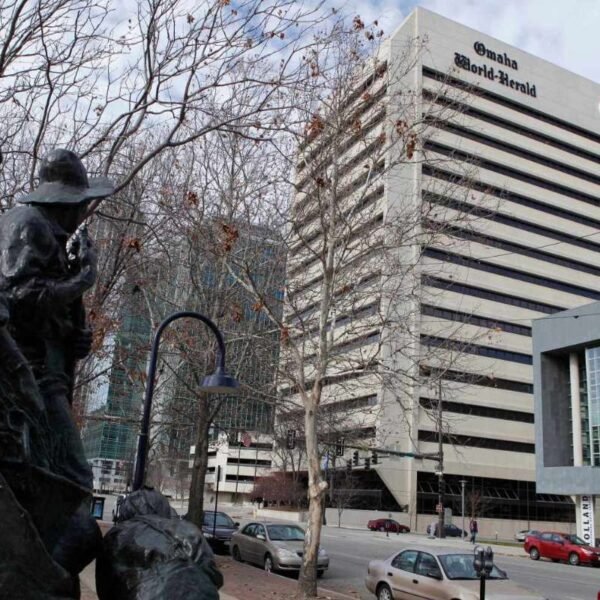The Chandrayaan-3 Moon lander from India has not yet returned to its wake-up call from the lunar south pole. The Chandrayaan-3 mission’s failure to respond, however, is “not the end of the story,” according to the Indian Space Research Organisation (ISRO).
On July 14, 2023, Chandrayaan-3 was launched from the Satish Dhawan Space Centre in Sriharikota, India. A lunar lander, a propulsion module, and a rover are all part of the project. India, after the United States, Russia, and China, became the fourth nation in history to successfully land on the lunar surface on August 23, 2023. When a wake-up call was given on September 22, 2023, ISRO stated that it was unable to establish communication with the Vikram lander and Pragyan rover.
Precious Data
No signals have been received from Vikram and Pragyan, according to a tweet from ISRO, but efforts to re-establish contact with them are ongoing.
Former ISRO Chairman K Sivan stated in an interview that “the design life of the Vikram lander and Pragyan rover is basically done as they have accomplished all of their mission functions during the 14 Earth days. However, after the Sun rises on the Moon, ISRO is attempting to make contact with the lander and rover. Scientists will continue to experiment with it.
Sivan also mentioned that there is a tonne of “precious data” from the mission that may be examined. He claims that as experts sort through the information the two have already returned, they will discover new scientific findings.
Connectivity problems in circuits
He gave the Chandrayaan-1 mission as an illustration when researchers from a US institution discovered that high-energy electrons in the Earth’s plasma layer played a role in the weathering processes that occur on the Moon’s surface.
According to ISRO, getting in touch with the lander and rover is “automatic.” ISRO can only take further action once the lander responds to the call. According to a source who spoke with The Times of India, there may be a “connectivity problem in circuits” causing difficulties in making touch with the lander and rover. Another option is that the lander and rover’s batteries suffered damage from the extreme lunar nighttime temperatures and now only need to be recharged using the solar panels on them.
Also read: Turbulent Plasma: Uncovering the Source of the Universe’s Magnetic Fields










